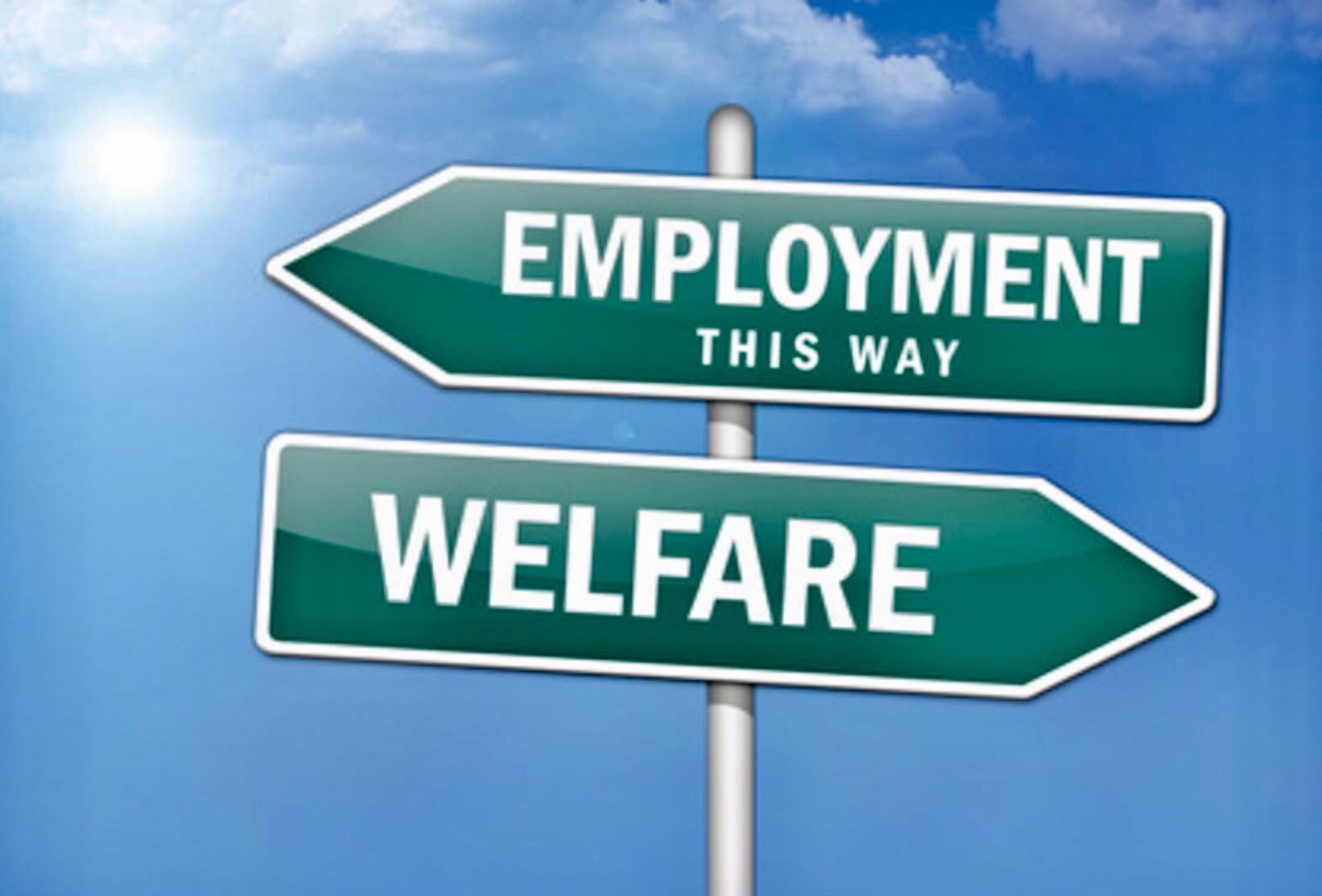Lindsay Mitchell
lindsaymitchell.blogspot.com
Lindsay Mitchell has been researching and commenting on welfare since 2001. Many of her articles have been published in mainstream media and she has appeared on radio,tv and before select committees discussing issues relating to welfare. Lindsay is also an artist who works under commission and exhibits at Wellington, New Zealand, galleries.
Another graph from Perry’s latest report:
This is a depiction of core benefits compared to before tax minimum wage and after tax average wage. Note Accommodation Supplement, Winter Energy Payment and Best Start are not included.
The AS pays a maximum rate of $305 for a sole parent with two children. If one child was receiving Best Start that’s another $60 and the Winter Energy Payment is $32.
If someone on the blue line (DPB/SPS +2ch) was receiving these extra payments it would push the line up to almost the ‘after tax average wage’ line.
I accept that rents are very high and the sole parent is still struggling.
But I come back to the reality that being a sole parent is a viable option if that’s the environment in which you were raised. And it’s only going to become more viable.
From April 1, 2021 beneficiaries can earn up to $160 before their benefit is reduced. This is a large rise from the previous $90 on Jobseeker and $115 on Sole Parent Support.
Add that to the blue line and it’ll push it above the ‘after tax average wage’ line.
It is an unavoidable conclusion that dependency on the state is set to grow.
Please share this article so that others can discover The BFD.


